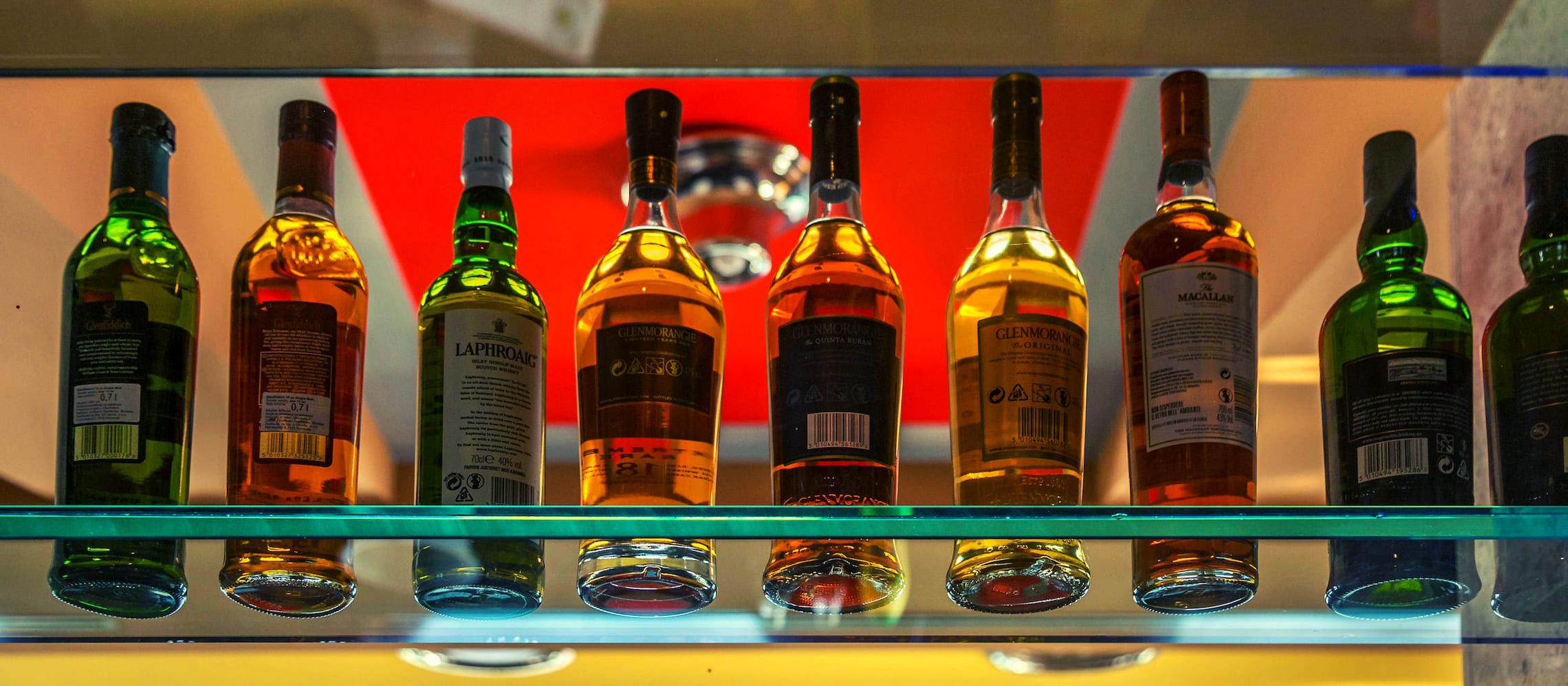Super Early Deadline
30 November 2025
Judging
Date
24 & 25 March 2026
Winners Announcement
22 April 2026
30 November 2025
24 & 25 March 2026
22 April 2026

Over the past five years, the UK has seen a significant spike in new trademarks registered for spirits and liqueurs, with much of that activity involving new artisanal gins. In 2017, the number of trademarks registered was 2,210, up from 1,570 in 2016, which in turn was up from 1,199 in 2013. So what’s behind this flurry of new trademark registrations?
One key driver of this trend is consumer demand for new artisanal brands. As the craft spirits trend continues to gain momentum, new distilleries have been popping up all over the UK, and they have been rushing to register their new spirits trademarks in order to build brand identity in the marketplace. In 2017, for example, 39 new artisanal gin distillers were established in the UK alone.
At the same time, large spirits companies have been launching multiple sub-brands and specialty brands as they rush to cash in on the demand for limited production run spirits and other niche markets. Ever since the craft brand Sipsmith launched the craft gin trend back in 2009, large spirits companies have also sought to jump aboard the gin revival bandwagon with their own sub-brands. Taking a page from the playbook of the smaller craft brands, they have sought to create their own funky branding and unusual trademarks.
Another big factor behind the 84% rise in new brand trademarks over the past five years is the phenomenal growth of the flavored gin market. Social media platforms like Instagram have made it trendy to post photos of colorful gins, and the rise of the social influencer marketing trend has made it easier than ever before to showcase celebrities (or, at least, mini-celebrities) enjoying these uniquely flavored gins in glamorous locales.
At one time, large spirits producers were content to focus on core brands and core products. Now, they have engaged in a period of rapid innovation, launching new flavored gins to meet consumer demand. Gordon’s, for example, launched a pink gin in summer 2017, and Tanqueray recently launched a new gin made with blood oranges called Flor de Sevilla. According to Diageo, gin is now the fastest growing category across Western Europe, with double-digit annual sales growth.
However, all of this innovation has led to problems with “copycat” brands and possible trademark infringement cases. That has made it much harder to establish brand loyalty in the marketplace, due to potential consumer confusion over brands and sub-brands. For example, Bacardi recently sought to introduce a new line of Angel’s Envy whisky – a move that was complicated by the existence of a similarly named spirit – Envy absinthe – that was already being produced and marketed to consumers. In another case, a Scottish craft beer company launched a new gin brand called Lone Wolf and then sought to stop a pub in Birmingham from using that same name.
It is unlikely, however, that so-called “brand clashes” will do much to slow the momentum of the artisanal gin market, or to decrease consumer demand for novelty gins, unusual flavors, and social media-friendly branding. With the artisanal gin market still expanding at a double-digit annual growth rate, it’s likely that 2019 will see even more innovation and competition.
Show your spirits where it matters. Get your products tasted by top bartenders, buyers and experts at the London Competitions — enter now.